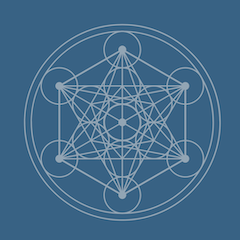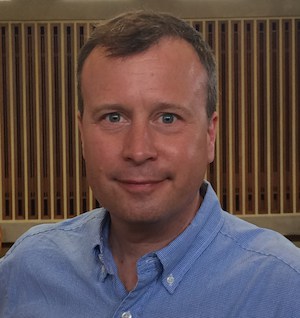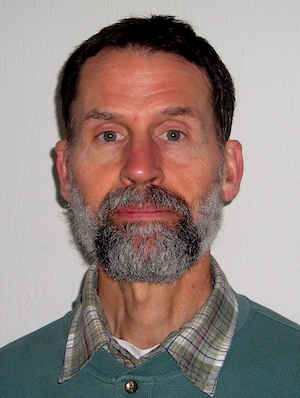
The story of the blind men exploring the elephant is alluded to often enough that it’s easily dismissed as cliche. And yet, the profound truth of how our senses and meaning making influence of our mind are worth pausing to consider.
In this conversation with Jason Robertson and Stephen Brown we consider the 理 Li, the patterning or connective coherence that runs through creation. As acupuncture and East Asian medicine are pattern languages, this concept touches on the core of our work.
We touch on how our methods and ways of working come from this foundation of understanding pattern. Along with how theory is most helpful when balanced with know-how, and the importance of putting our hands on people. Perhaps our work is so not different from the blind men and the elephant.
When palpating gynecology cases where blood stasis is suspected, it is often helpful to differentiate the relative involvement of the spleen Taiyin and liver Jueyin channels. In these cases, one can often palpate tension or nodules at the xi-cleft points. If more palpable change can be felt at SP-8, then Taiyin is more likely involved while LR-6 would indicate Jueyin. Acupuncture and herbal strategies might be adjusted accordingly.

Jason Robertson, L.Ac
I began studying Chinese when I was 17 after having a great high-school teacher. In college I majored in East Asian studies, eventually spending most of my 20s living and working in Taiwan.
After studying at ACTCM, I went to Chengdu for a year to study herbs then spent two years in my native Kentucky practicing acupuncture. After a few years seeing patients, I realized that I had much more to learn. I had seen Dr. Wang Juyi speak at a weekend seminar in California and, on a whim, I was determined to look him up. With what now looks like a bizarre leap of faith, my wife and I moved to Beijing. I called Dr. Wang on the phone (only after arriving) and he happened to be home.
What thus began in what I thought would be a brief sojourn to collect a few clinical tricks ended up shaping the rest of my life. The approach to Chinese medicine that Dr. Wang embodied was one shaped by the earthy, practical reality of twentieth century China. He strove to come up with ideas that worked while drawing from the maps provided in the classics; to get out of his head and into his hands. He was like me in the sense that he loved to think and found that a hands-on palpation based approach to acupuncture helpfully limited the temptation to devise beautiful and elegant diagnoses and treatments that didn’t actually work. Palpation prevents theoretical quicksand. Twenty years later, I’m still finding new things through palpation, learning from other palpation traditions and chipping away at the edges of what I think I can do with Chinese medicine.

Stephen Brown, L.Ac
Stephen Brown graduated from Japan Central Acupuncture College in Tokyo in 1983 and was licensed to practice shiatsu, acupuncture, and moxibustion in Japan. In 1984 he went to Beijing, PRC to attended a 3 month training at the Academy of TCM. He began teaching in 1985 for the International Acupuncture Training Program of Kuretake Institute in Tokyo.
Moving to Seattle in 1986, he taught shiatsu and acupuncture at the Northwest Institute of Acupuncture. He taught at the SIEAM from 1998 to 2020. He has taught seminars on his specialty, Japanese styles of acupuncture all over the US. He is also a practitioner and teacher of traditional exercise systems for health including Yoga, Taichi, Sotai, and Qigong.
A native speaker of Japanese, he has translated texts on East Asian medicine including three texts of his mentor Shudo Demei. Stephen continues to serve as an interpreter in acupuncture seminars and conferences.
Visit Jason on his clinic website, learn more about his courses on Applied Theory Channel theory and Palpation, and listen to his podcast.
The book that has inspired Stephen’s practice: Introduction to Meridian Therapy by Shudo Denmei.
Here is the latest book from Dr Shudo that we discussed in this conversation: Fifty Years of Practice: the Case Studies of Shudo Denmei
If you’d like to learn from Stephen, The Du Channel has a course with Stephen teaching Super Rotation Therapy